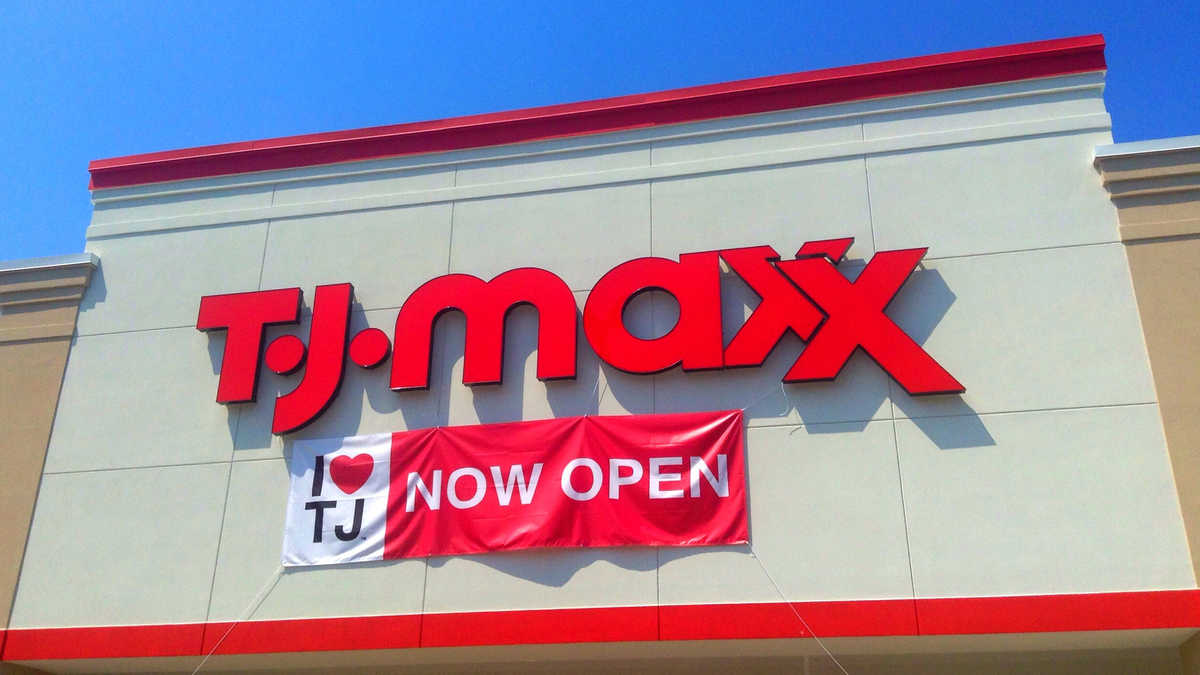
This is an excerpt from Monday’s (3/22) Point of Sale retail supply chain newsletter sponsored by ArcBest.
For the first time in a long time, more retail store openings are planned for 2021 than store closures. From Ulta Beauty and Sephora to Dick’s Sporting Goods, Five Below and TJ Maxx, businesses are rebounding from the COVID pandemic and dusting off expansion plans that were put on hold.
The Data. Year to date, retailers in the U.S. have announced 3,199 store openings and 2,548 closures, according to tracking by Coresight Research. The firm tracked a whopping 8,953 closures along with just 3,298 openings last year as the pandemic upended the retail industry and pushed dozens of businesses into bankruptcy.
The Reasons. There are factors on both the demand and supply sides of the equation that are leading to brick-and-mortar expansion. Following a tsunami of store closures in 2020, the commercial real estate market is fraught with vacancies. Mall and shopping center owners across the country are looking for tenants to fill that space quickly.
“It’s a tenant’s market right now,” said Perry Mandarino, head of restructuring and co-head of investment banking for B. Riley Securities. “I’ve seen examples of short-term leases with easy-outs, and decent pricing is absolutely available.” Retailers and brands are seeking to take advantage of a market in which they hold more power over landlords when signing new leases.
“There’s more space available, and we’re able to get better terms today than two years ago,” Fabletics co-founder and CEO Adam Goldenberg said in an interview.
Fabletics is one of the brands making aggressive physical expansion plans. There are two main drivers for store expansion: First, retailers, like Fabletics, that remained strong through the pandemic are looking to double down on the brands and products that excelled. Second, retailers are in experimentation mode testing out fresh concept stores.
Who’s opening? Many of the companies that have expansion plans this year are focused on value. From generalists like Dollar General and Dollar Tree, to off-price apparel retailers like Burlington and Ross, and the discount grocers Aldi and Lidl, discounters are poised for growth. However, specialty retailers in the low to mid tier are also in the mix with L Brands’ Bath & Body Works and Gap’s Old Navy both planning for openings this year.
There are dozens of retailers looking to test out smaller concept storefronts across the country. There are a few factors driving this shift, none more impactful than brands moving away from the wholesale model toward more direct-to-consumer models. (I wrote about this move in detail last week. See here.)
As brands like Nike, Adidas and Under Armour close wholesale accounts, they’re looking toward brick-and-mortar expansion, much of which will come in the form of smaller stores. There’s never been a better time to test concepts out. Rents are cheap, Americans have been stuck at home for a year and there is market share for the taking after two years of elevated retail bankruptcies. Not only are the biggest brands in the world looking to add locations, but digitally native DTC brands from Warby Parker to Allbirds are looking to take advantage of lucrative lease agreements too.
“This will be a big year for experimentation,” said Deborah Weinswig, Coresight Research founder and CEO. “With the landlords, there has always been this friction as they have tried to extract as much rent as possible from the tenants. Of course, that’s their job. But I think actually it hurt innovation.”
Retailers are looking everywhere for space, even malls. Given the wide range of spaces available at relatively cheap rates, retailers’ confidence is glowing as they plot more stores, including inside malls. “We’re very excited about the malls,” American Eagle Outfitters Chief Executive Jay Schottenstein said during an earnings conference call in early March. “This is probably the best opportunity for us to pick up new locations that we’re being offered … at affordable rents for us.”
Even Toys R Us is planning to open stores ahead of the 2021 holiday season.
But not everyone is bullish on foot traffic. Some retailers that have seen substantial online sales growth aren’t looking toward offline channels for growth, but rather reinvesting in e-commerce operations. Lands’ End CEO Jerome Griffith said in an interview that he’s not positive about foot traffic coming back to its stores. “People will be doing things, people will be out, but it’s going to be stuff like going to restaurants and bars and going to movies, going to sporting events, going to concerts. But I’m taking a very cautious approach on our stores.”
Griffith’s caution is warranted. Brick-and-mortar stores will soon be battling against all other service-based spending that consumers have been forced to avoid for the past year, like concerts, movies, sporting events and vacations. I believe that’s one of the reasons we’re seeing so many concept store expansions. Retailers and brands understand they can’t attract customers with good products alone anymore. Everyone’s got great products and you can get most of them without having to leave the bed, but brands understand physical locations can be powerful brand builders and efficient customer acquisition tools if leveraged correctly.
COVID-19 forced dramatic change at the end of the supply chain seemingly overnight. Retailers had to adjust quickly to succeed, and those that did are looking at a recovering consumer economy with the best balance sheet in decades on top of a real estate market reeling from store closures. Pair this with an e-commerce acceleration of five years and a movement to DTC and you have a market ripe for innovative physical expansion.
Want to learn more about how retail supply chains are evolving? Try Point of Sale, my twice-weekly newsletter: http://freightwaves.com/pos











